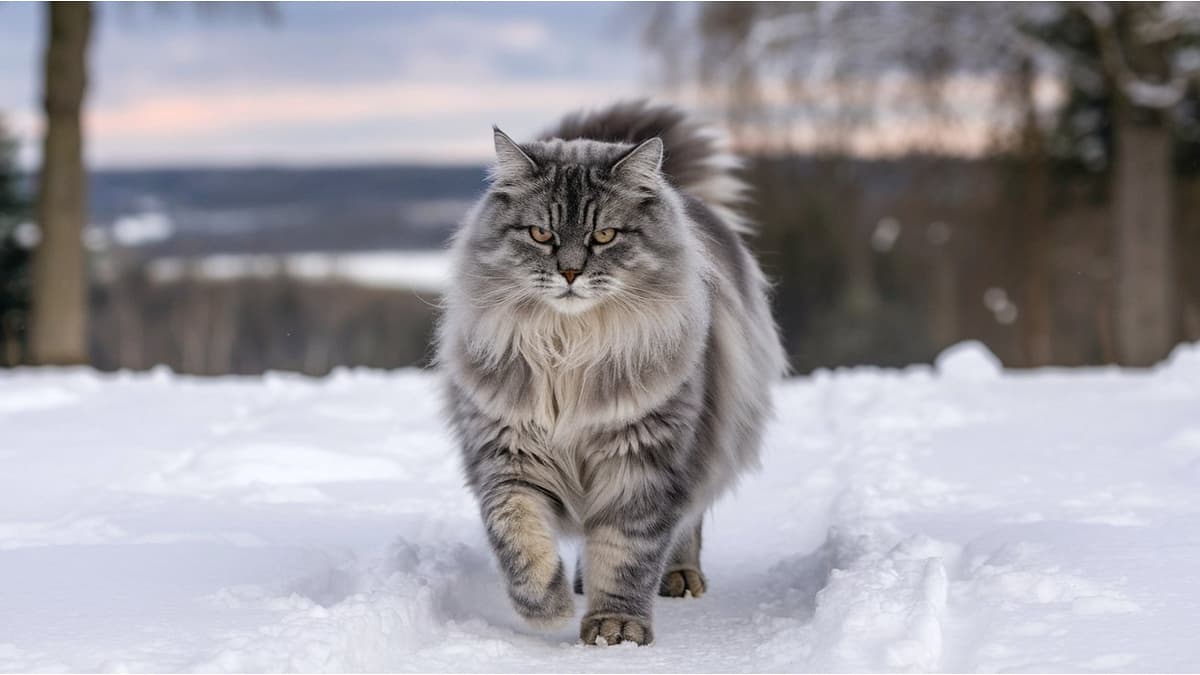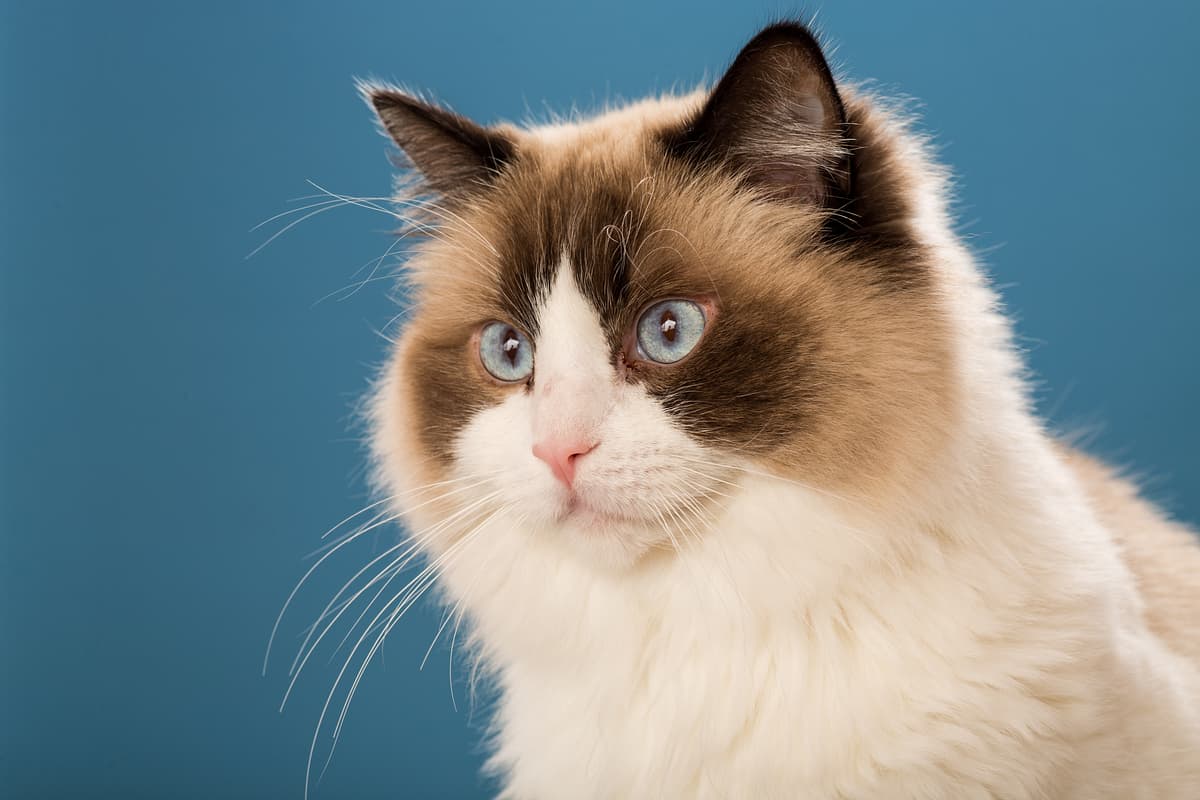Siberian vs Ragdoll
Discover the differences between Siberian and Ragdoll to make the best choice for your situation.
Try different breeds

Siberian
Affectionate, playful, and adventurous, this breed thrives on companionship and interactive play. Renowned for its lush triple coat and hypoallergenic qualities, it charms families and cat lovers alike.

Ragdoll
Gentle, affectionate, and known for their striking blue eyes, Ragdolls thrive as loving companions. Their relaxed nature makes them perfect for families and those seeking a calm feline friend.
Quick comparison
Large
5–9 kg
Longhaired, triple-layered
12–16 years
4–7 kg
Moderately active
Large
6–9 kg
Longhaired, silky
12–16 years
4–6 kg
Low activity needs
Personality & behavior
Compare the personality traits and behavioral characteristics of both breeds.
Siberian
Affectionate and sociable with people and pets
Learns quickly and solves problems independently
Active and enjoys interactive play sessions
Loves toys and frequent, engaging activities
Adjusts easily to new surroundings and changes
Ragdoll
Affectionate and gentle with people and children
Learns routines and simple tricks quickly
Prefers lounging over frequent active play
Enjoys interactive toys in short sessions
Adjusts well to new environments and changes
Care needs
Exercise, grooming, and daily care requirements
Siberian
Hypertrophic cardiomyopathy, feline lower urinary tract disease
Ragdoll
Hypertrophic cardiomyopathy, bladder stones
Suitability
How well each breed fits different living situations and families
Siberian
Good option
Adaptable nature makes them manageable for new cat owners
Very adaptable
Handles limited space well with proper enrichment and play
Excellent match
Enjoys playtime and stimulation from active environments
Family friendly
Gentle and tolerant with respectful children
Gets along well
Social and generally accepts other pets after introductions
Not ideal
Dislikes being alone for extended periods, may develop stress or boredom
Ragdoll
Highly suitable
Gentle temperament and easygoing nature make Ragdolls easy for beginners to manage
Perfect fit
Ragdolls adapt well to smaller spaces and are generally quiet and calm indoors
Not ideal
They are not especially energetic and may not match fast-paced or highly active lifestyles
Great choice
Their tolerant and patient nature makes them safe companions for families with young children
Very friendly
Ragdolls are sociable and typically get along well with other pets in the household
Prone to anxiety
They dislike being left alone for long periods and may develop stress or behavioral issues
Breed strengths
What each breed excels at and their best qualities
Siberian
- Adaptable to varied household environments
- Tolerant of children and other pets
- Playful and interactive with family members
- Generally robust health and longevity
- Low tendency for destructive scratching
Ragdoll
- Gentle and calm temperament
- Tolerant of handling and children
- Typically gets along with other pets
- Low tendency for aggression or scratching
- Affectionate and enjoys human company
Challenges & considerations
Potential challenges and considerations for each breed
Siberian
- Requires frequent grooming for thick coat
- Sheds heavily, especially seasonally
- Prone to developing obesity if under-exercised
- May be reserved with unfamiliar people
- Needs regular stimulation to prevent boredom
Ragdoll
- Prone to certain genetic heart conditions
- Requires regular grooming for long coat
- May develop obesity without exercise
- Slow to mature, both physically and emotionally
- Not suited for unsupervised outdoor life
Ready to choose your perfect breed?
Learn more about each breed or compare other breeds to find the perfect match for your lifestyle.
Discover more helpful tools
Make use of our other free tools to get the most out of your pet experience
